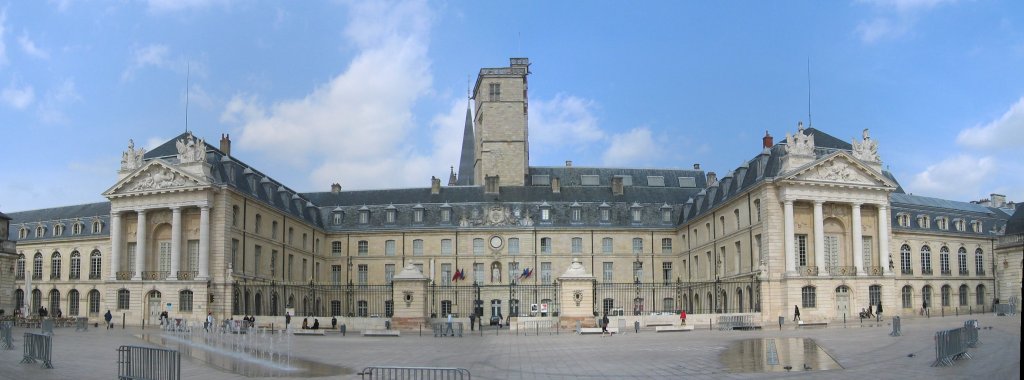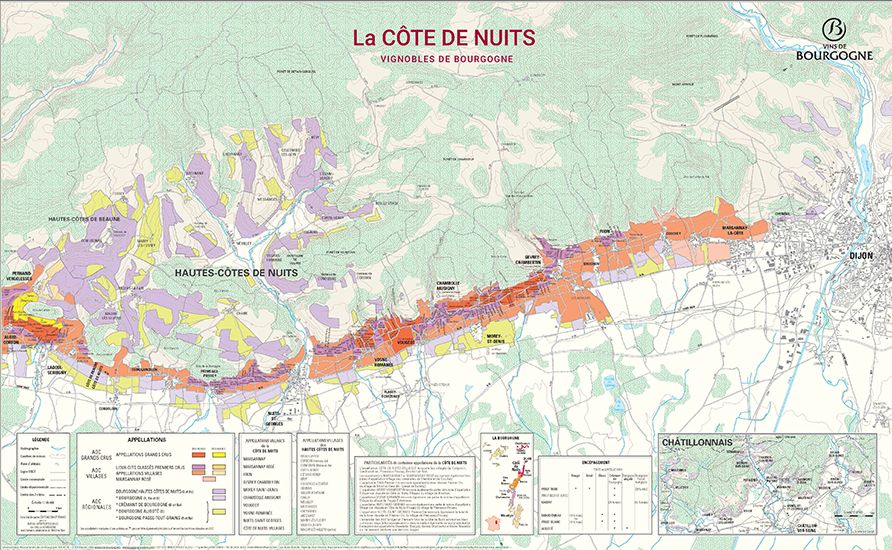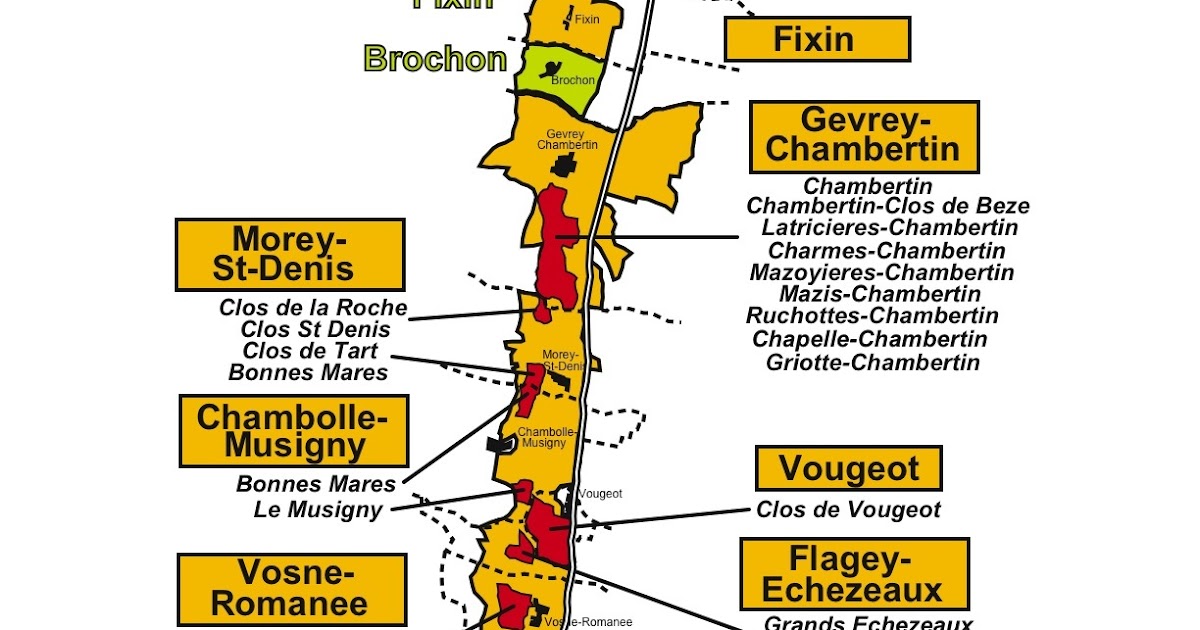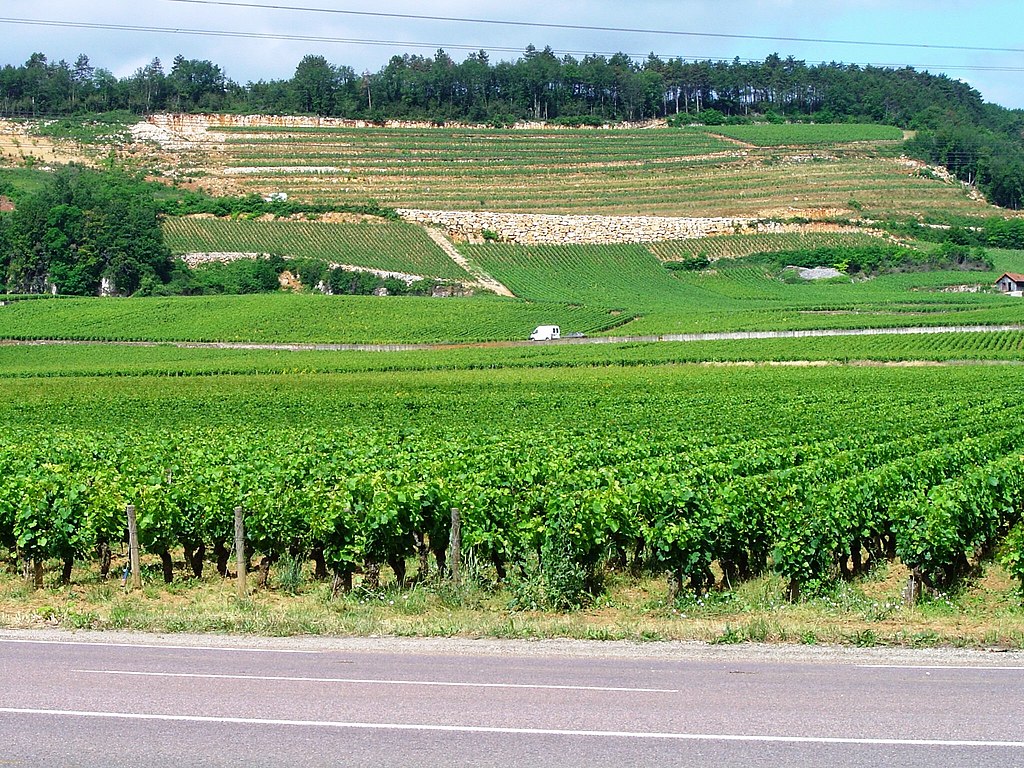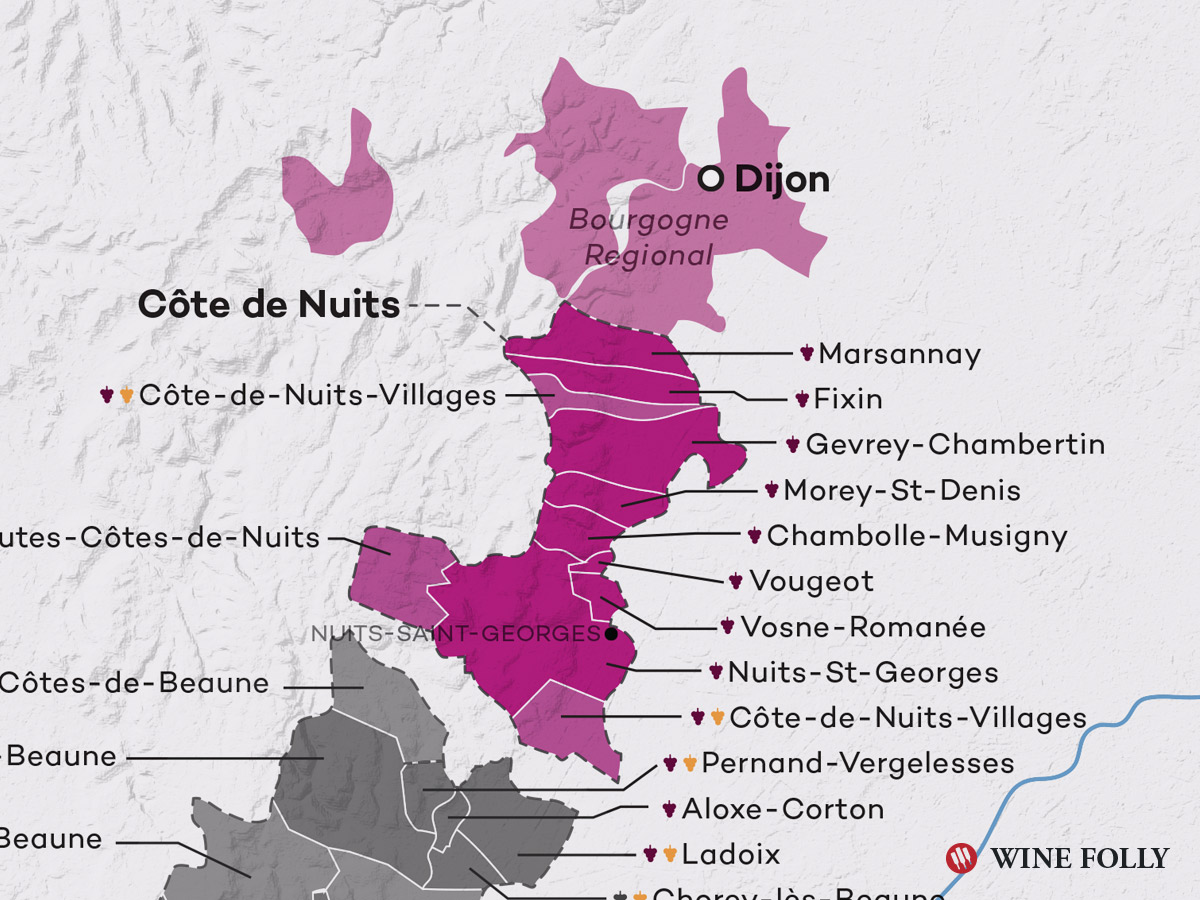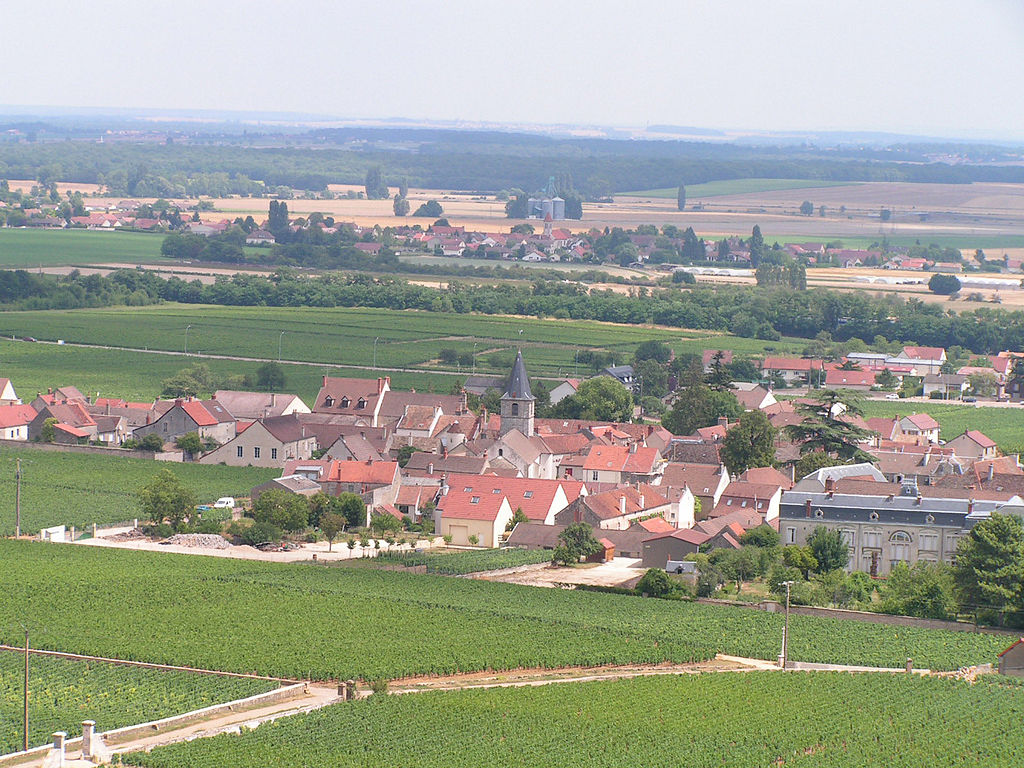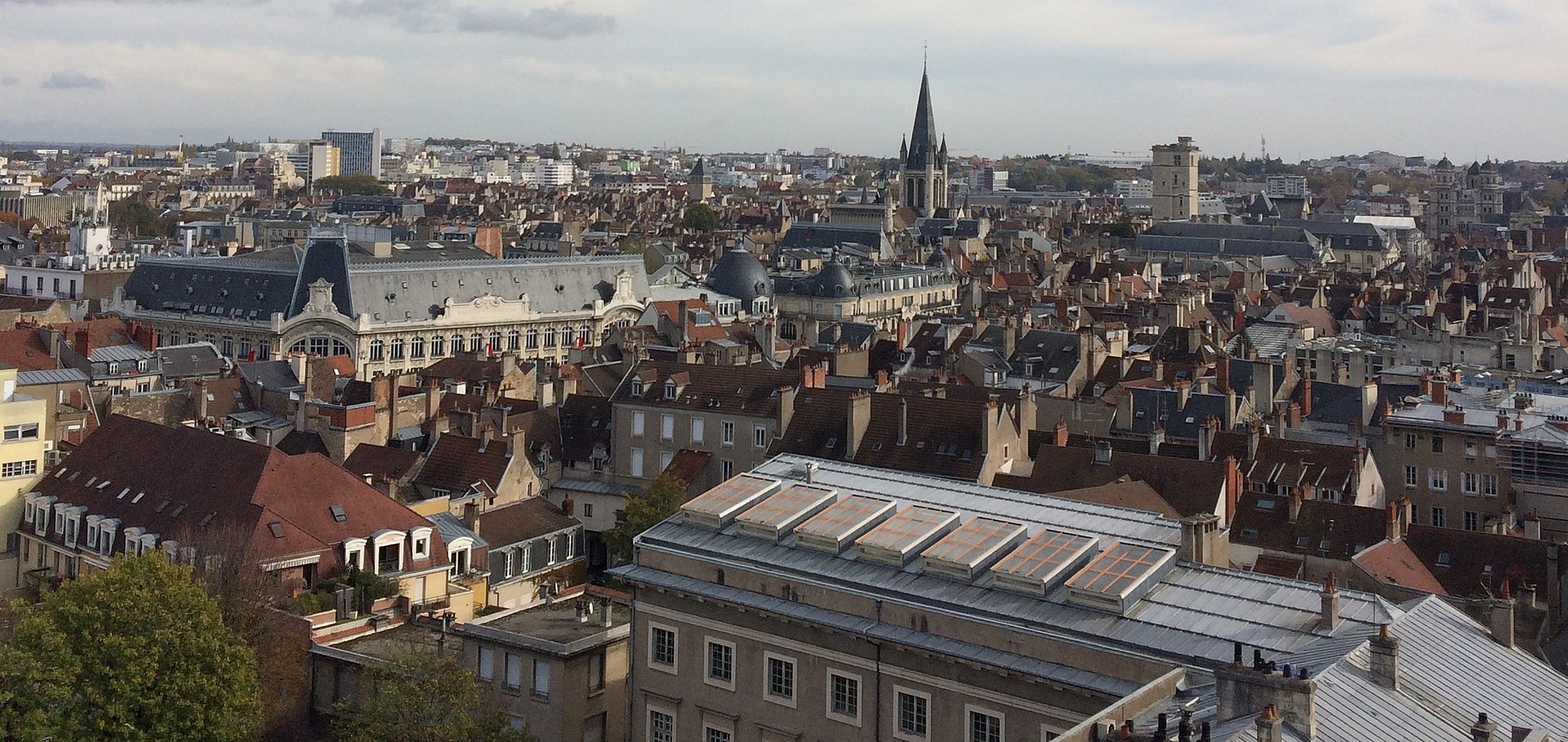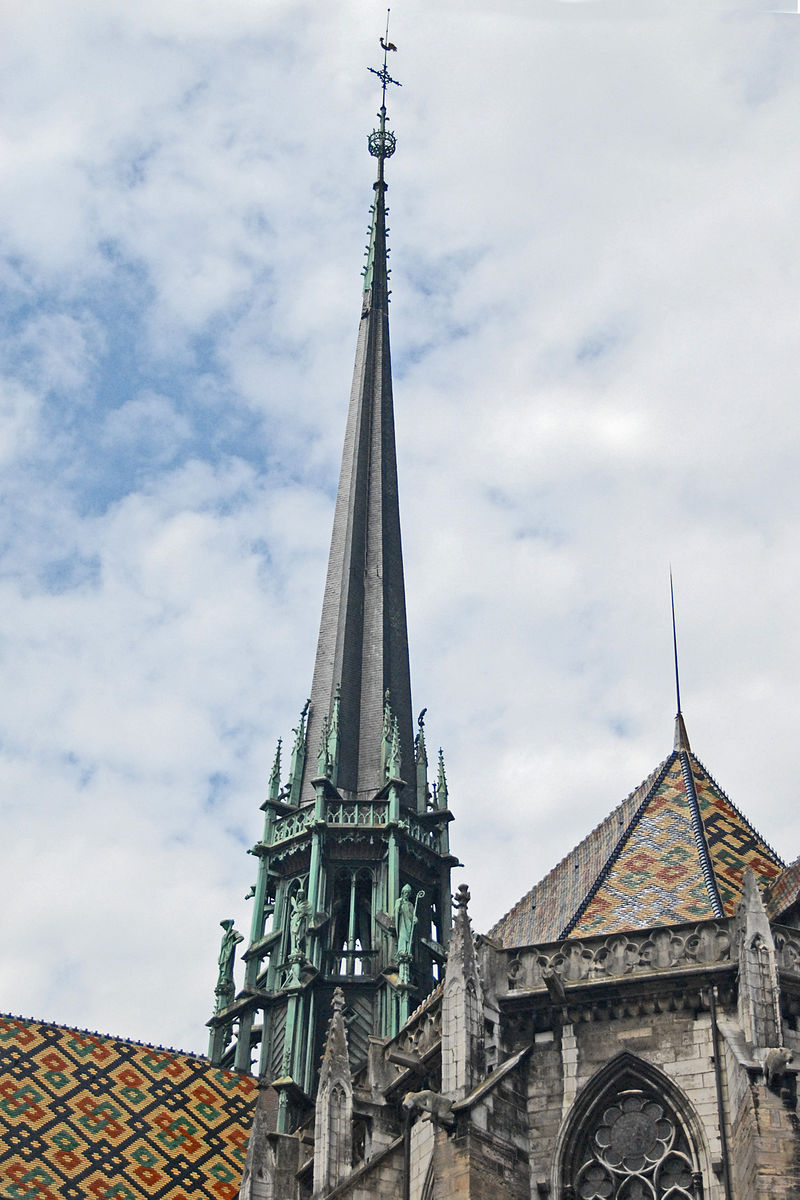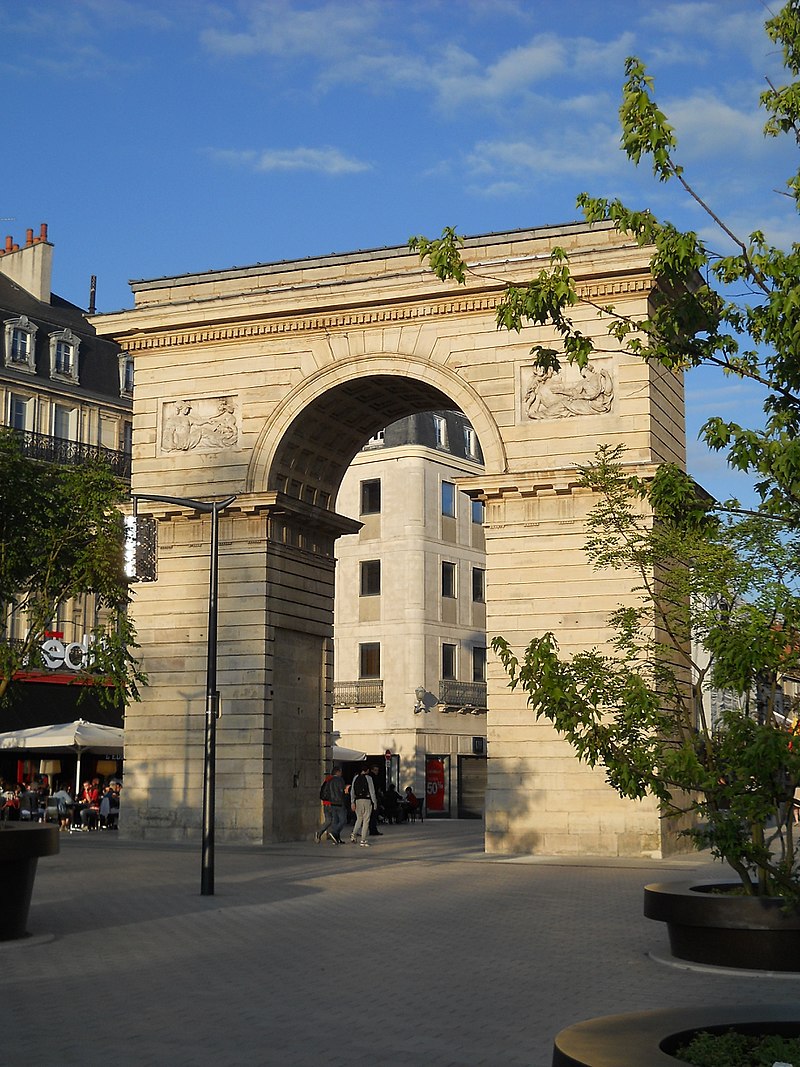
AsianOverland.net
Tour Guide - Itinerary
Asian Overland Sydney to London
Started 22/06/2022 Finished 21/06/2023365 Days ITINERARY
Day 267 date 15/03/2023BEAUNE to DIJON, BURGUNDY, FRANCE
ASIANOVERLAND.NET LONDON TO SYDNEY DAY 267: BEAUNE TO DIJON, BURGUNDY, FRANCE
Burgundy (French: Bourgogne) was home to the Dukes of Burgundy from the early 11th until the late 15th century and their capital Dijon was one of the great European centres of art and science, wealth and power. In early Modern Europe, Burgundy was a focal point of courtly culture that set the fashion for European royal houses and their courts. The Duchy of Burgundy was a key in the transformation of the Middle Ages toward early modern Europe.
The Côte de Nuits extends from Dijon to just south of Nuits-Saint-Georges, the name of the district and it’s regional centre. Though some white and rosé wines are produced in the Côte de Nuits, it is famous for “red Burgundy” made from pinot noir. The Côte de Nuits covers fourteen communes, six of which produce grand cru wines, in the central area between Gevrey-Chambertin and Nuits-Saint-Georges, with four lesser villages either side. The Grand Crus of the Côte de Nuits are some of the smallest appellations in France, less than a hectare in the case of La Romanée.
The Cistercians, founded in 1098 and named after Cîteaux, their first monastery, created Burgundy's largest wall-surrounded vineyard, the Clos de Vougeot, in 1336. The Cistercian monks were the first to notice that different vineyard plots gave consistently different wines and laid the foundation for the naming of Burgundy crus and terroir thinking and identification.
In 1513, Swiss and Imperial armies invaded Burgundy and besieged Dijon, which was defended by the governor of the province, Louis II de la Trémoille. The siege was extremely violent, but the town succeeded in resisting the invaders and retaining its historical buildings. Dijon has one of the great city walks through the old town - just follow the golden owls imbedded in the footpath.
Dijon has many churches, including Notre Dame de Dijon, St. Philibert, St. Michel, and Dijon Cathedral, dedicated to Saint Benignus, the crypt being over 1,000 years old. Dijon has retained architectural styles from many the past millennium, including Capetian, Gothic and Renaissance.
Dijon architecture is distinguished by, among other things, toits bourguignons (Burgundian polychrome roofs) made of tiles glazed in terracotta, green, yellow and black and arranged in geometric patterns.
Dijon was occupied by anti-Napoleonic coalitions in 1814, by the Prussian army in 1870–71, and by Nazi Germany beginning in June 1940, during WWII, before the liberation of Dijon by the French Army and the French Resistance, on 11 September 1944.
© This work is copyright. Apart from any use permitted under the Copyright Act 1968, no part may be reproduced by any process, nor may any other exclusive right be exercised, without the permission of Peter Searle, peter@portseavillageresort.com; 1980-2024.
Website built by Justin O’Dea www.webdeveloperdocklands.com.au
